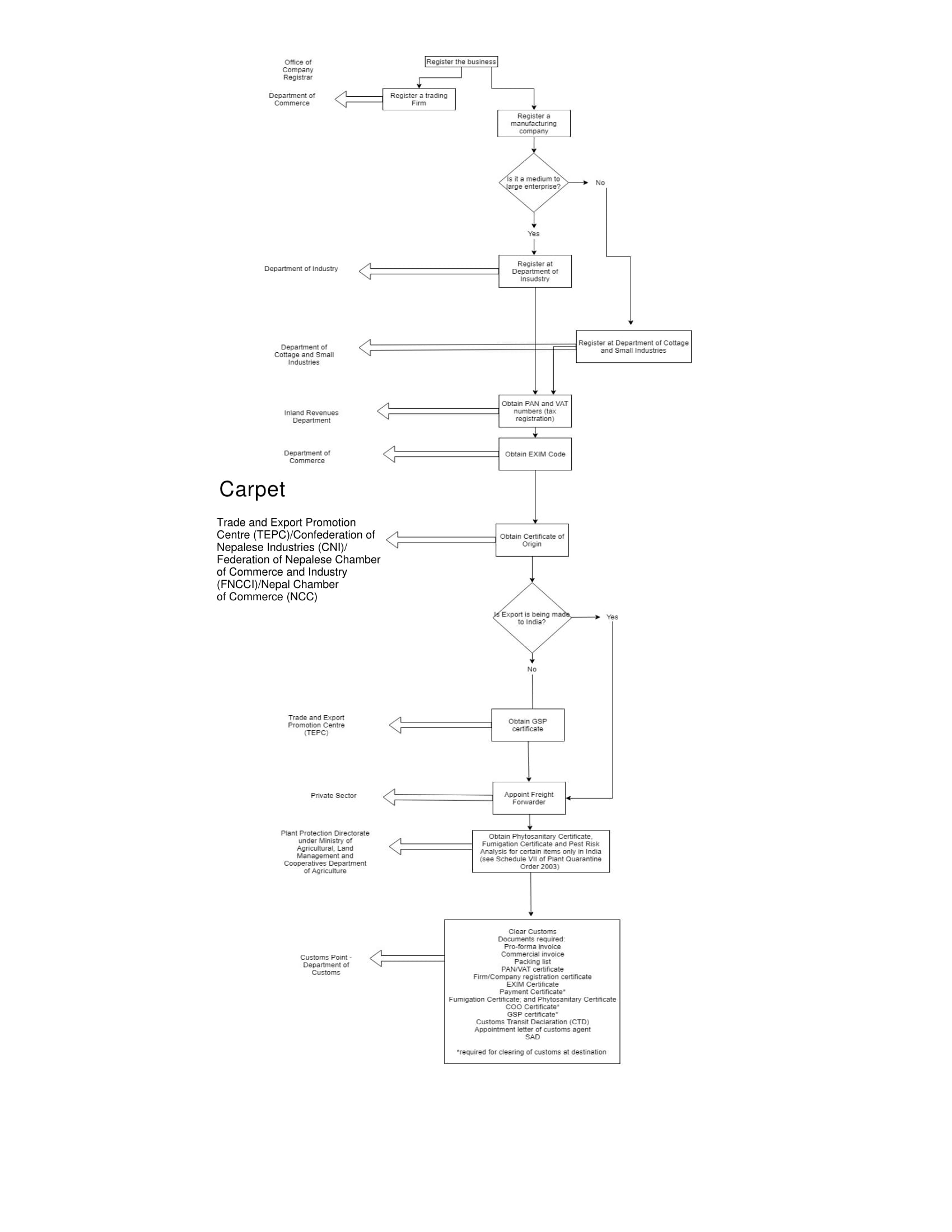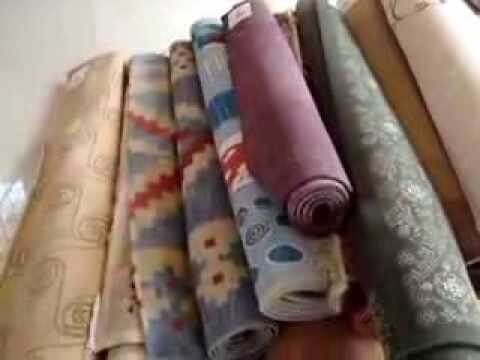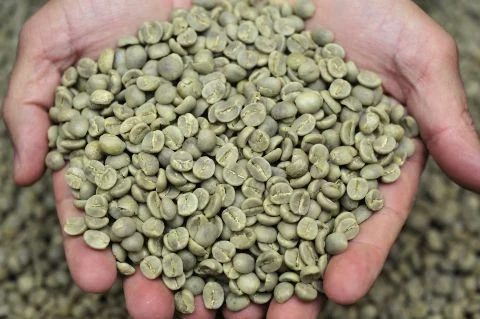Major Export Products
- Home Major Export Product
Handwoven Carpets
Handwoven carpets, over the years, have been some of the most important exports from Nepal. Ever since commercial carpets started being manufactured in Nepal, the quality of the product has attracted attention from all over the world. Nepali carpets, usually made from wool and silk, are famous because of their double-knotting system, high pile density, and eco-friendly production process. Currently, around USD 70 million worth of hand-woven carpets is exported to more than 60 countries making it one of the largest exports from Nepal.
The development of an export quality carpet was initiated with the influx of the Tibetan refugees in the early sixties. The Swiss Agency for Technical Assistance (SATA) contributes to the development of the carpet industry in Nepal through financial and technical support to the Tibetan refugee resettlement programs. In the beginning, it was launched as a source of livelihood for the Tibetan refugees and marketing was limited to tourists visiting Nepal. Efforts to gain access in the international market arena paid-off in the sixties when Nepal commercially started to ship hand-knotted Tibetan carpets to the international market with a sample consignment to Zurich, Switzerland. These carpets then went on to become a nationally recognized commercial commodity and remain the most important export product from Nepal.
The Nepali-Tibetan carpets contain a very high degree of hand processing and qualities ranging from 60-150 knots per square inch. Regularity safeguards are in place to ensure that only the highest quality fleece wool is imported for use in these carpets. These carpets are made of the highest quality fleece wool imported from Tibet, New Zealand, and Britain. These carpets are available both in natural dyes and synthetic dyes.
The traditional designs of the Nepali-Tibetan carpets are basically influenced by Buddhism but in recent years the Nepali manufacturers have diversified their design to include modern and contemporary styles and colors without compromising on the traditional touch. The traditional size has been replaced by a wide range of sizes from 0.25sq m to 56sq m in shapes such as round, octagon and customs shapes. The desired designs, styles and shades are the creation of local designers and engineers to incorporate innovation in the area. Carpet items exported from Nepal are coded under HS. Code 5701.10.
More than 90% of these small scale industries are located in Kathmandu with marginal production taking place at Hetauda. Thus, the production of handwoven carpets mostly takes place in Province 3.
Production
Around 600 cottage and small scale industries are engaged in the production of carpets in Nepal with an annual output of around 600,000 to 700,000 meters. While most of the carpets are produced using wool or silk, growing demand for eco-friendly sustainable production technology has encouraged the use of traditional items like hemp, allo, and jute. As a consequence, local products are slowly replacing imported raw materials during the process of manufacture of carpets in Nepal.
Source: Nepal Carpet Manufacturer & Exporter Association and Trade and Export Promotion Centre
Non-tariff Specifications
Different countries may have their own requirements to import carpets, but, in general, most of the procedures and formalities are similar in all countries that are the member of the World Trade Organization.
A Certificate of Origin issued by necessary approved authorities at exporting country is required to import carpets to determine the origin of imported goods to avail exemption on import duties and taxes as per different unilateral, multilateral and bilateral agreements between Nepal and other countries.
Import of Carpets and other textile floor coverings etc is permitted subject to the condition that they do not contain any of the hazardous dyes whose handling, production, carriage or use is prohibited in most of the countries.
To find out information on country-specific tariff rates, check the International Trade Centre’s MAcMAp. Put Nepal in exporting country field and select the destination country, exporting commodity and year to be exported to find the tariff rate. To find country-specific non-tariff requirements click here.
Trade Statistics
Related Trader
| 2 | Company Details
Contact Person
| Scarves, wool or fine animal air, woven, Shawls, wool or fine animal hair, woven Carpets and other textile floor coverings, knotted, whether or not made up Of wool or fine animal hair Coffee, not roasted decaffeinated | 62142000 57011000 09011200 | Handknots Nepal Pvt Ltd |
Related Measures and Procedures
Measures
| Name | Type | Agency | Description | Comments | Law | Validity |
|---|---|---|---|---|---|---|
| Certificate of Origin | Formality Requirement | Ministry of Finance | Section 21. Attachment of the documents with the declaration form: (1) A person importing or exporting goods pursuant to Section 18 of the Act, while submitting declaration form to the customs officer, shall submit the following documents including Certificate of Origin. | Comments | Customs Regulation, 2064 (2007) | 9999-12-31 00:00:00.0 |
| Generalized System of Preferences (GSP) | Certificate Requirement | Ministry of Finance | 21. Attachment of the documents with the declaration form:(1) As per section 18 of the Act, the person importing or exporting goods,while submitting declaration form to the customs officer, should submitfollowing documents(a)..(b)...(c) For exportation(1) Invoice(2) Packing list(3) Certificate of Origin(4) Banking document regarding payment procedure, in case of export to third country(5) Documents which are required as per prevailing law regarding the recommendation, license, or certificate from any institution. However Certificate of Origin shall not be mandatory for the export in which G.S.P. certificate is required. | Comments | Customs Regulation, 2064 (2007) | 9999-12-31 00:00:00.0 |
Procedures
| Name | Description | Category | View Procedure Detail with Relevant Forms |
|---|---|---|---|
| Certificate of Origin | Procedure to apply for Certificate of Origin | Procedure | View |
Product Workflow




.jpg)
